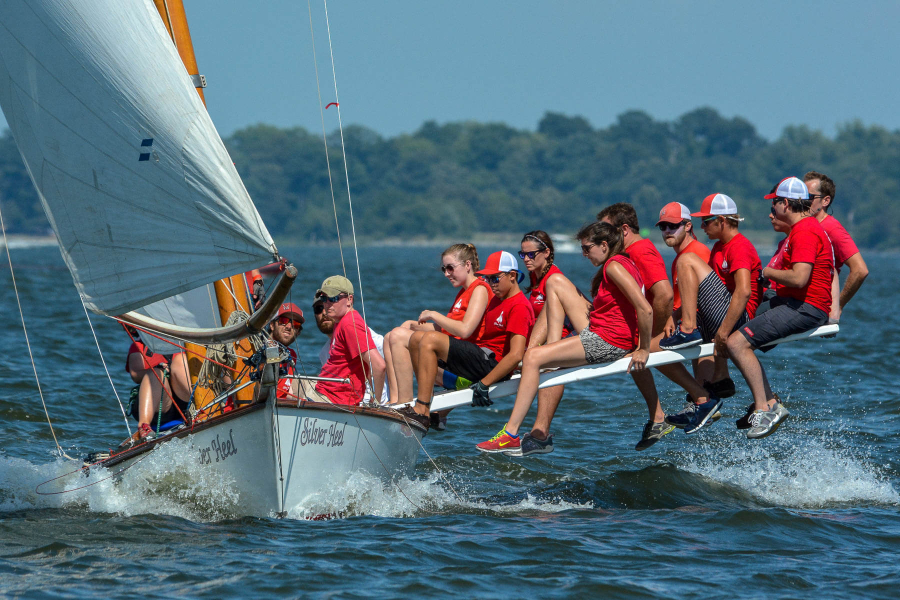A team takes part in a log canoe race along the Tred Avon River on Maryland's Eastern Shore. (Photo courtesy Mark Hergan/Flickr CC BY-NC 2.0)
About the author
Breck Sullivan joined the Chesapeake Research Consortium as a staffer for the Chesapeake Bay Program’s (CBP) Scientific, Technical Assessment, and Reporting (STAR) team in January 2019. Breck’s tasks focus on monitoring needs, climate resilient education, and assists the CBP modeling team. She is a graduate of Salisbury University where she majored in Environmental Studies, minored in Math and played varsity field hockey.
View all stories by this author


Comments
Very interesting and informative.
Thank you!
Your comment has been received. Before it can be published, the comment will be reviewed by our team to ensure it adheres with our rules of engagement.
Back to recent stories